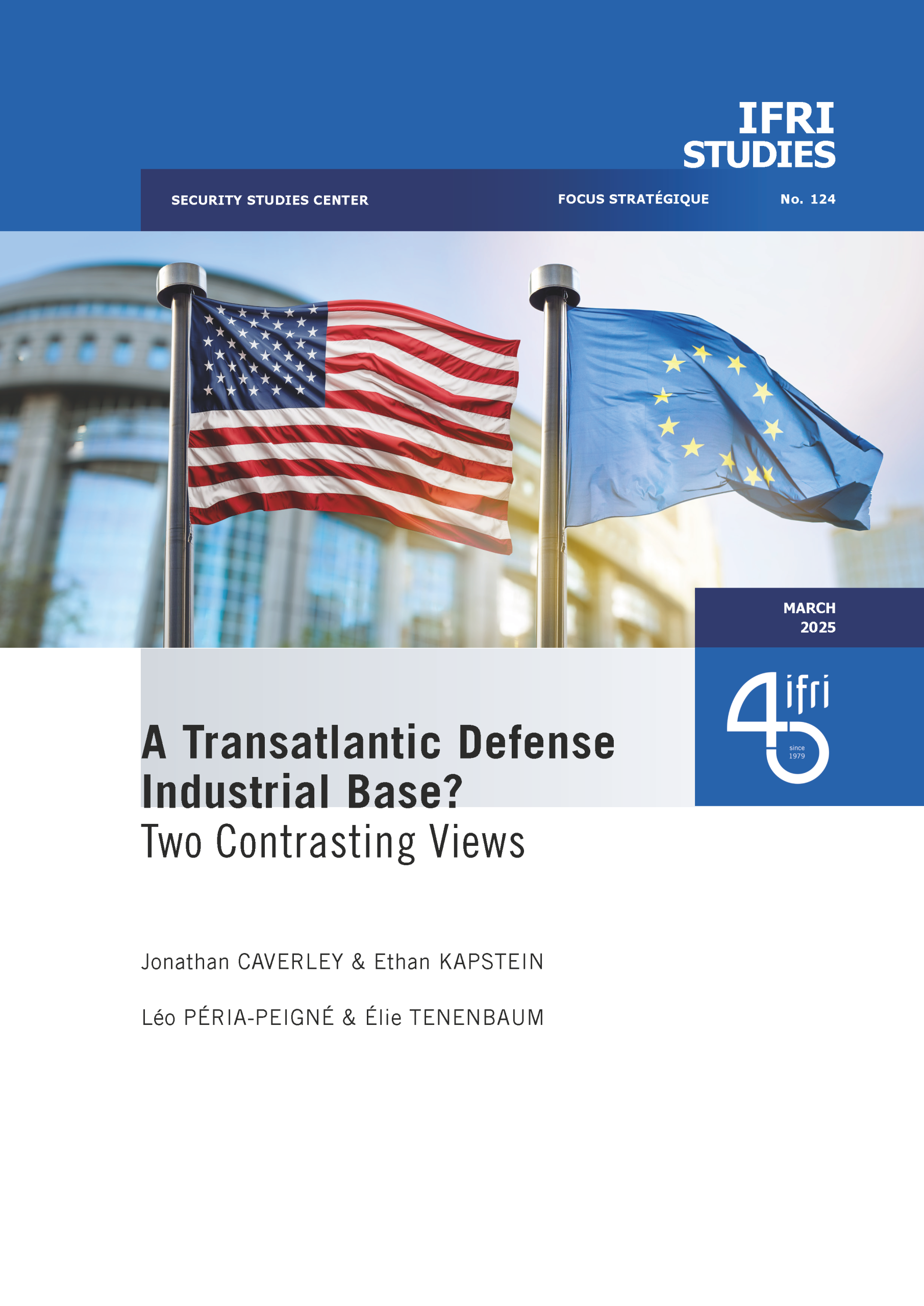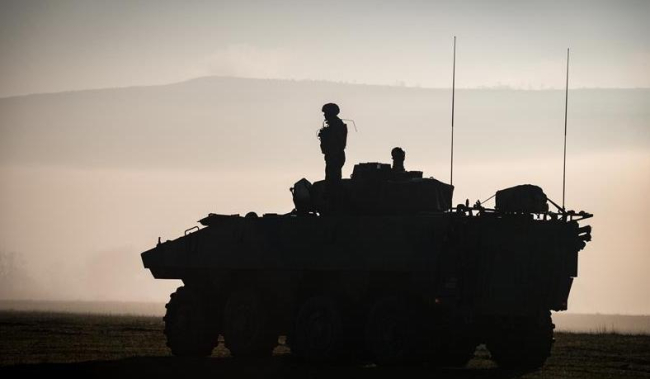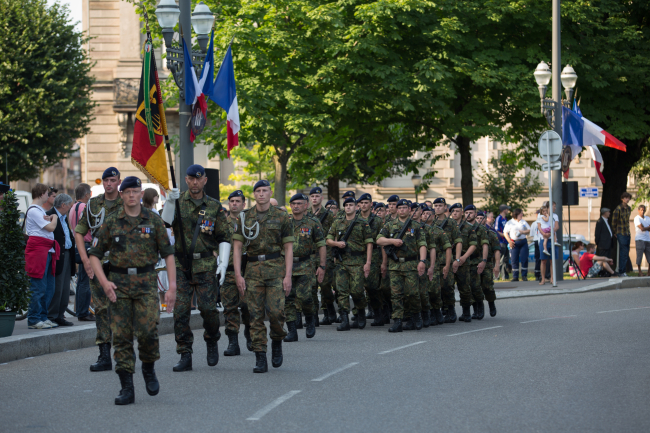The Strategic Role of Land Forces: A French Perspective

Although the first and foremost domain in the history of warfare, Land power has been dissociated from the concept of “strategic forces” for some time now, as these generally referred to long-range and/or high-yield strike capabilities, above all nuclear weapons.
The growing importance of the command of the commons at the operational level of war has sometimes led to a conception of land forces as mere consumers of air-, sea- and information-borne effects. Yet, such a dynamic is now being challenged, as Western forces’ supremacy over “fluid spaces” is increasingly contested. The time has therefore come to reassess the contribution of land forces to the main strategic functions: intervention and stabilization, deterrence and prevention, protection and anticipation. For each of these key missions, land forces prove to be essential tools to which there is no readily available workaround. As the future operational environment is bound to become more contested and demanding, land forces will have to prove their renewed relevance in the face of challenges such as anti-access and area denial capabilities, hybrid actors and ambiguous warfare strategies. Given this outlook, they will play a key role as integrators and multi-domain effects providers, improving joint forces’ overall resilience and maneuver capability.
This content was originally published in French under the title "Le rôle stratégique des forces terrestres".
Download the full analysis
This page contains only a summary of our work. If you would like to have access to all the information from our research on the subject, you can download the full version in PDF format.
The Strategic Role of Land Forces: A French Perspective
Related centers and programs
Discover our other research centers and programsFind out more
Discover all our analysesThe Franco-German Brigade and the Revival of European Defense
One thing has been clear since Donald Trump's return to the White House: the very existence of the European unification project is threatened. Unless it develops a sovereign defense policy to counter the war in Ukraine and the weakening of American security guarantees, the European Union will continue to see its internal cohesion and external attractiveness wane.
Taking the Pulse: Can Europeans Build Their Independent Extended Nuclear Deterrent?
Confronted with a U.S. disengagement and the Russian threat, Europeans are reconsidering their stance on nuclear deterrence. Given the capabilities of the French and British arsenals, can Europe develop an independent nuclear deterrent?

RAMSES 2024. A World to Be Remade
For its 42nd edition, RAMSES 2024 identifies three major challenges for 2024.
A Transatlantic Defense Industrial Base? Two Contrasting Views
The evolving landscape of global defense cooperation has brought the transatlantic relationship between the United States (US) and Europe into sharp focus. As geopolitical tensions rise and the threat environment becomes more complex, the question of how Europe can best ensure its security while navigating its relationship with the United States has become paramount. This double feature report offers two contrasting views on the dynamics of US-Europe defense industrial relations, highlighting the challenges and opportunities that lie ahead for both parties.










